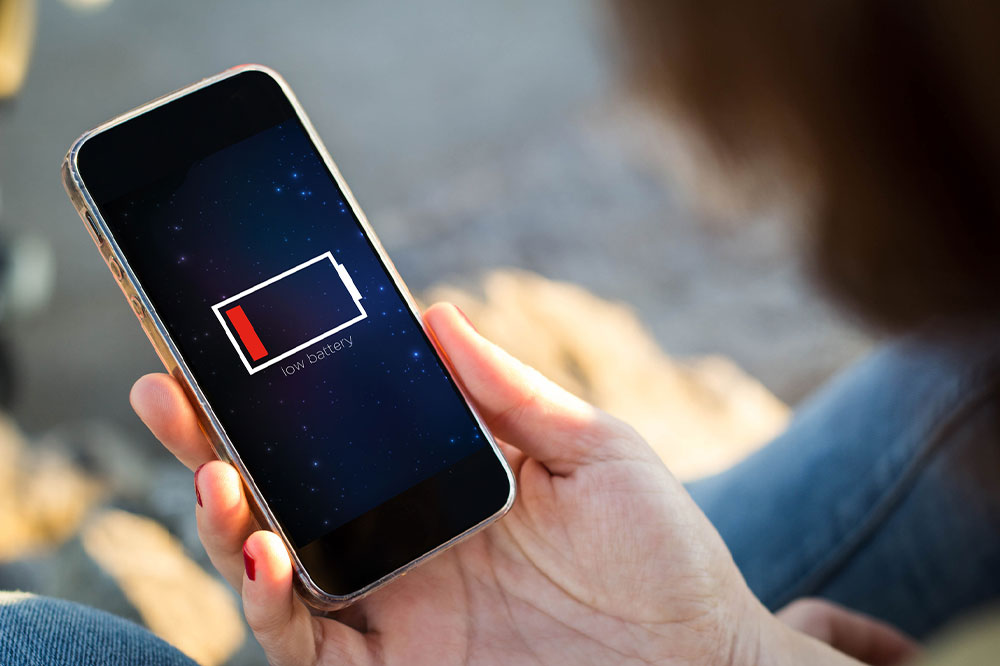Essential Guide to Recognizing When It's Time to Upgrade Your Mobile Phone
Learn the key signs indicating it's time to upgrade your smartphone. From outdated software to hardware failures, this comprehensive guide helps you recognize when your device no longer meets your needs. Stay informed to make timely decisions for better performance, security, and safety. Discover the critical indicators that signal it's time for a new phone and ensure your device keeps pace with evolving technology.

Key Indicators That Signal the Need for a New Smartphone
In today's fast-paced digital world, smartphones have become indispensable tools for communication, productivity, entertainment, and security. Many users tend to keep their devices for as long as possible to save money, but delaying upgrades can lead to unexpected issues that affect usability and safety. Understanding when to replace your mobile device is critical to maintaining optimal performance and ensuring your data security. This comprehensive guide explores twelve crucial signs that indicate it’s time to consider investing in a new smartphone.
Obsolete Software Support and Limited Updates
One of the first signs that your device is aging is its inability to support the latest versions of operating systems. Manufacturers often cease updates for devices once they reach a certain age, leaving your phone vulnerable to security exploits and incompatible with new apps. If your smartphone can no longer receive security patches or OS updates, it’s a clear indicator that upgrading is necessary to ensure both security and access to new features.
Unresponsive or Lagging Touchscreen
If your touchscreen responds slowly or intermittently, sensor malfunctions or hardware degradation might be the core issue. Persistent unresponsiveness hampers daily use and cannot be reliably fixed through software updates. In such cases, replacing the device is often the most practical solution to regain seamless interaction.
Frequent Unexpected Reboots
Repeated spontaneous restarting can be caused by malware infections, but more commonly, it signifies hardware deterioration, such as battery or motherboard failure. These malfunctions increase the risk of data loss and further damage, making a new device a safer, more reliable option.
Power Button Malfunction
If your power button sticks, is unresponsive, or is entirely broken, powering your device on or off becomes problematic. While some issues can be repaired, hardware failure of key buttons often indicates deeper internal problems, making a replacement advisable for consistent user experience.
Overheating Even When Idle
Phones that heat up without apparent reason can pose safety hazards, including the risk of battery swelling, leaks, or explosions. Chronic overheating suggests internal hardware failure and warrants immediate attention, often leading to the need for device replacement to ensure safety.
Battery Life Deterioration
Battery capacity degrades over time, leading to shorter usage between charges. If your device drains quickly or refuses to hold a charge despite calibration efforts, replacing the battery or opting for a new device may be necessary for reliable daily operation.
Microphone and Speaker Problems
If calls are muffled, or others cannot hear you clearly, microphone issues are likely. These malfunctions are often due to hardware wear and can significantly impair communication, typically requiring device replacement if repairs are not cost-effective.
Cameras Losing Effectiveness
Declines in camera performance—such as slow shutter response, blurriness, or poor image quality—are common as hardware ages and software support diminishes. For photography enthusiasts or those relying on their camera for work, this is a major sign to consider upgrading.
Damaged or Faulty Headphone Jack
If connecting headphones becomes cumbersome, or if the jack feels loose or stops working altogether, damage to the port is likely. Repair options are often temporary or costly, making a new device a more practical choice.
End of Manufacturer Support and Discontinued Updates
When manufacturers cease support and stop releasing updates for your device, the risks increase. This leaves your data vulnerable and app compatibility limited, compelling users to upgrade to newer models that actively receive ongoing support.
Limited Network Compatibility
Older phones may not support the latest network standards like 4G LTE or 5G, restricting data speeds and call quality. Keeping up with network evolution requires a compatible device capable of handling emerging connectivity technologies.
Insufficient Storage Space
If you constantly run out of space for photos, videos, apps, or files, and your device lacks expansion options, it’s time to upgrade to a model with higher storage capacity or more efficient data management features.
Understanding these indicators helps users proactively decide when to replace their smartphones, ensuring better performance, security, and overall satisfaction. Regularly assessing your device based on these signs can help avoid unexpected failures and keep your digital life running smoothly.




